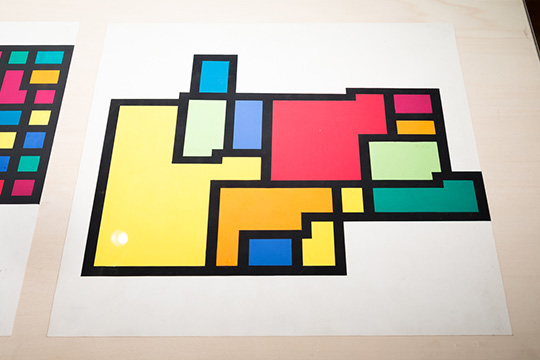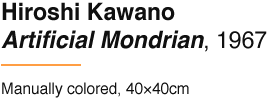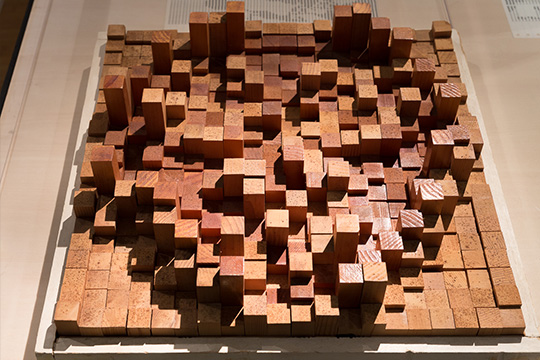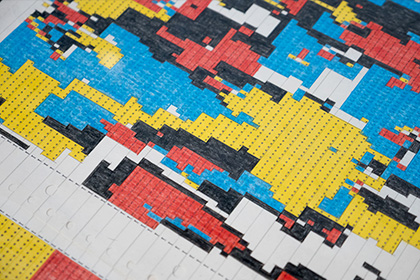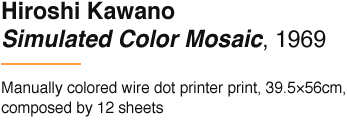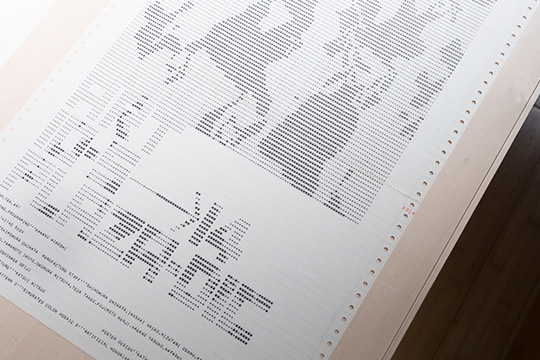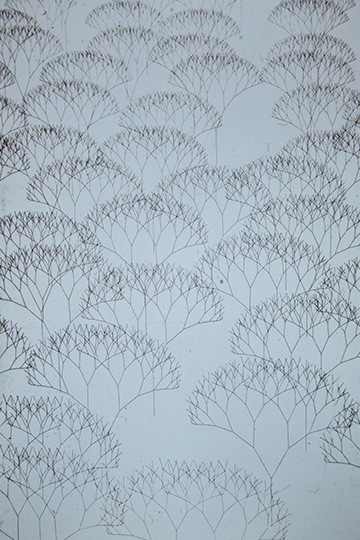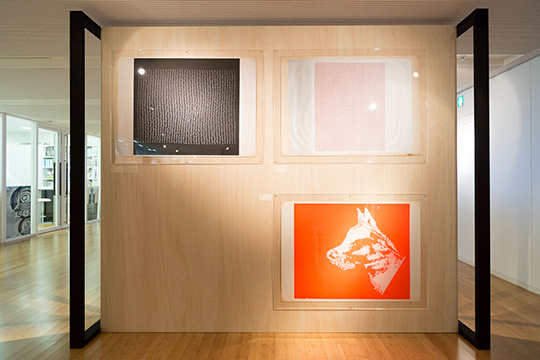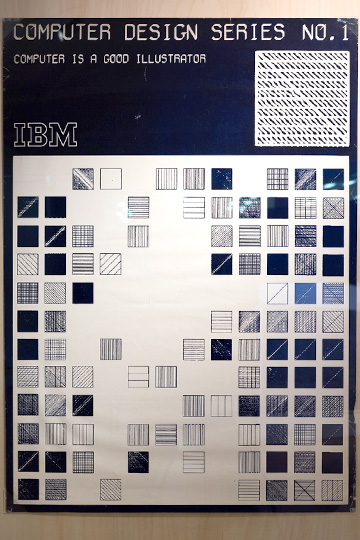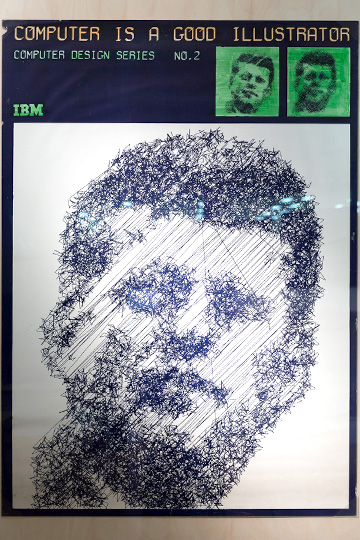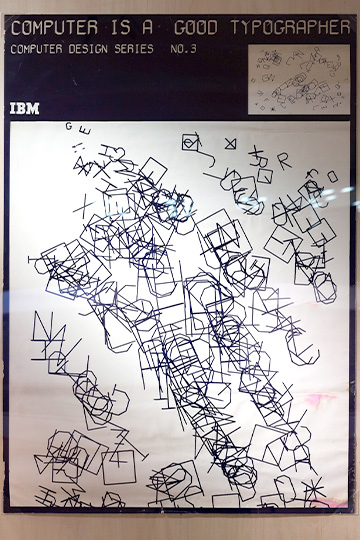
The basis for computer graphics was established in the 1960s, with the arrival of technologies such as pen plotters, line printers, and raster graphics. In this period, the aesthetician Hiroshi Kawano applied information theory to aesthetics to produce graphics with a digital computer for the first time in Japan. The art group CTG, on the other hand, took pop icons such as JFK and Marilyn Monroe as their motifs to prove that computers can be a medium for visual expression.
